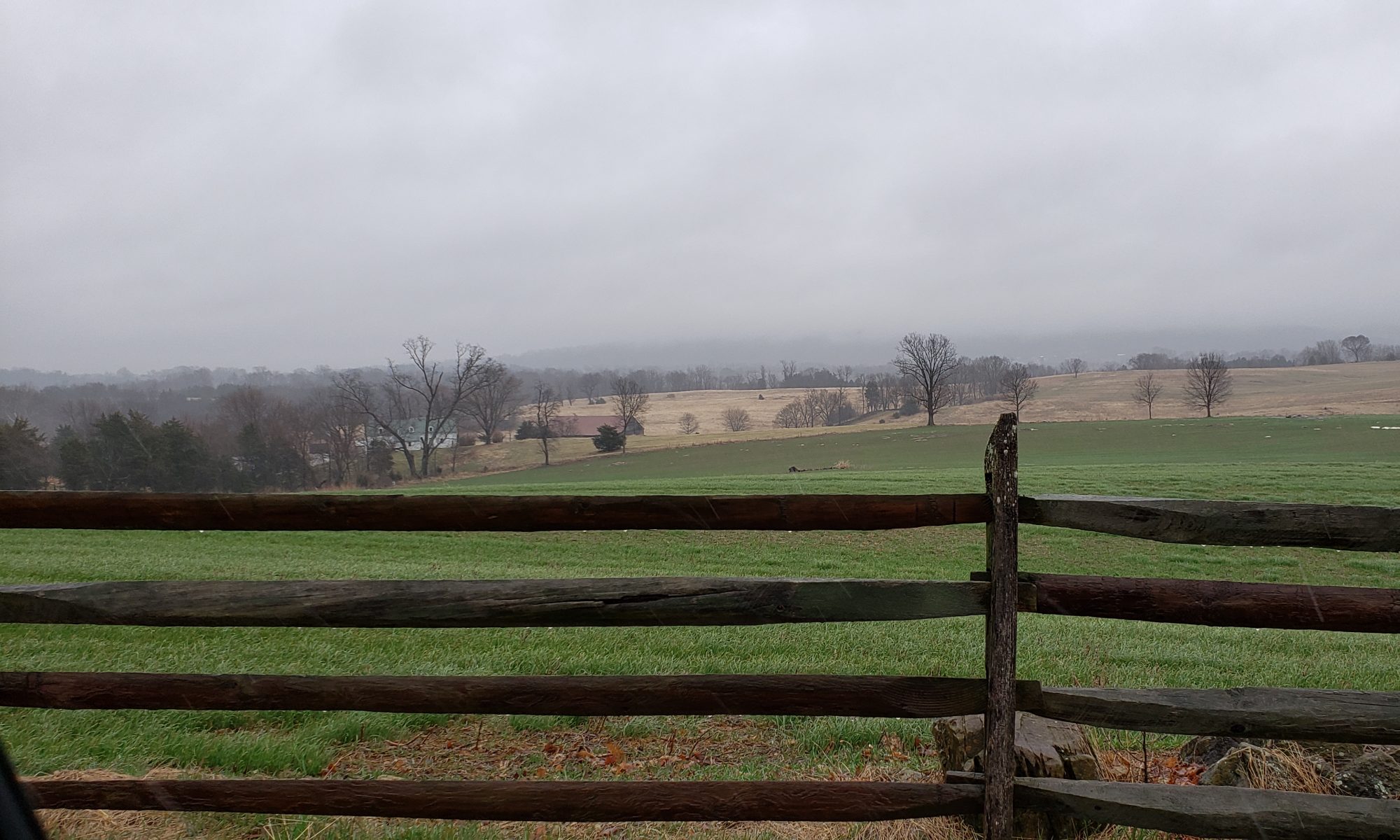Today Professor Walters asked us to review and
comment on these StoryMap examples:
Game of Thrones: Arya’s Journey; Hieronymus Bosch: Garden of Earthly Delights
Before I get into my comments, a quick word on StoryMap. The website is an online capability mostly developed in Java by Northwestern University’s Knight Lab. The Knight Lab is a team of technologists and journalists who support innovation in the news media. For an overview, see https://storymap.knightlab.com/#overview
StoryMap gives one a free capability to make maps of journeys, broadly defined. The web site enables identification of a place and the sequential linking of places. One can input a text description about each location, and provide background and foreground images, or in the foreground case, linked videos. If one can code with Java, then one can add some capabilities and custom views.
On the two Storymaps reviewed, as one of the few people in the Universe who hasn’t followed the Game of Thrones, the StoryMap on Arya’s Journey was all new to me. The good part of the map was that as an outline of the story for the uninitiated, I could follow it. I really liked the attempt to link videos although except for one video, the video links didn’t work for me on panels one and three. Perhaps one needs an HBO account. The content creator of the Arya’s Journey changed the background colors of most the panels to provide a visual that aligned with the tone and content of the text. I got the visual point as an impression, but it made the images less clear, or the background image made the text difficult to read. Nonetheless, a great attempt and the matching of visual to the storyline helped my understanding of the feeling tone of the plot. Arya’s Journey showed me what one could do with videos (make sure the link works) and background and foreground images in combination.
With the Hieronymus Bosch Journey through the Garden of Earthly Delights, I am on the more familiar ground than with the Game of Thrones, but I must admit I never delved into its symbolism the way the content creator of this StoryMap did. The content creator used the Bosch painting as a background map, and then used subsections of the picture as a place. Then the text box was used to explain and interpret Bosch’s allegory. Just awesome! The best item in the journey and one written up by the Guardian (see https://www.theguardian.com/artanddesign/2014/feb/13/hidden-sheet-music-hieronymus-bosch-triptych-recorded) was the description of Bosch’s painted musical score on the backside of a defendant being judged. Of course, someone on the internet decided to create a choral chant rendition we could hear.(See https://wellmanicuredman.tumblr.com/post/76381088917)
I found the links took some doing to make them work but to listen to 600-year-old music scribed by Bosch was worth it. The chanted lyrics used are modern! The drawback I found was in the way StoryMap presents a map and background image. The image of a Bosch panel was clear on the left-hand portion of the screen and faded to support the text on the right. This StoryMap visual feature made it difficult to find and see all of the image that the content creator referred to in the text. Despite the limitation of the visual, I gained a much better understanding of what Bosch was saying in allegory form by having walked through the StoryMap rendition. I just wish Storymap had a more flexible visual display ability so that more of the image referred to could be easily seen.
Both of these StoryMap Journeys and the innovative attempts of the content creators to use StoryMap to tell a story got me thinking about how to apply some of these techniques to the StoryMap I am working on. What I think I am trying to understand and relate in the story of Edward Hurley’s Journey from Montgomery County Maryland to Louisville, Kentucky in April 1836 is the nature of the United States at that time and the nature of the places. The five visual channels available for that communication are map image, map icon image and placement, text background image, text foreground image, and the text itself.
In April of 1836, the Texas war for independence was happening. The fight at the Alamo just concluded. The long Seminole War was still underway. Andrew Jackson was in the last year of his Presidency. The political parties were gearing up for the election in November. Travel, particularly riverboat travel, was risky. There were 24 states in the Union. Edward’s trip started in Maryland, a slave state on a working plantation with slaves. He journeyed through Pennsylvania, a Free state, though Virginia, a slave state, through Ohio, a Free state, to Kentucky a slave state. He traveled the borderline between slavery and freedom. Abolition had become a powerful movement, and violence was already occurring twenty years before the Civil war began. Each place Edward went through was different with a range of possible themes to emphasize. To bring some of the preceding into Edward’s story, I am going to try using the combination images technique, and links to videos.

